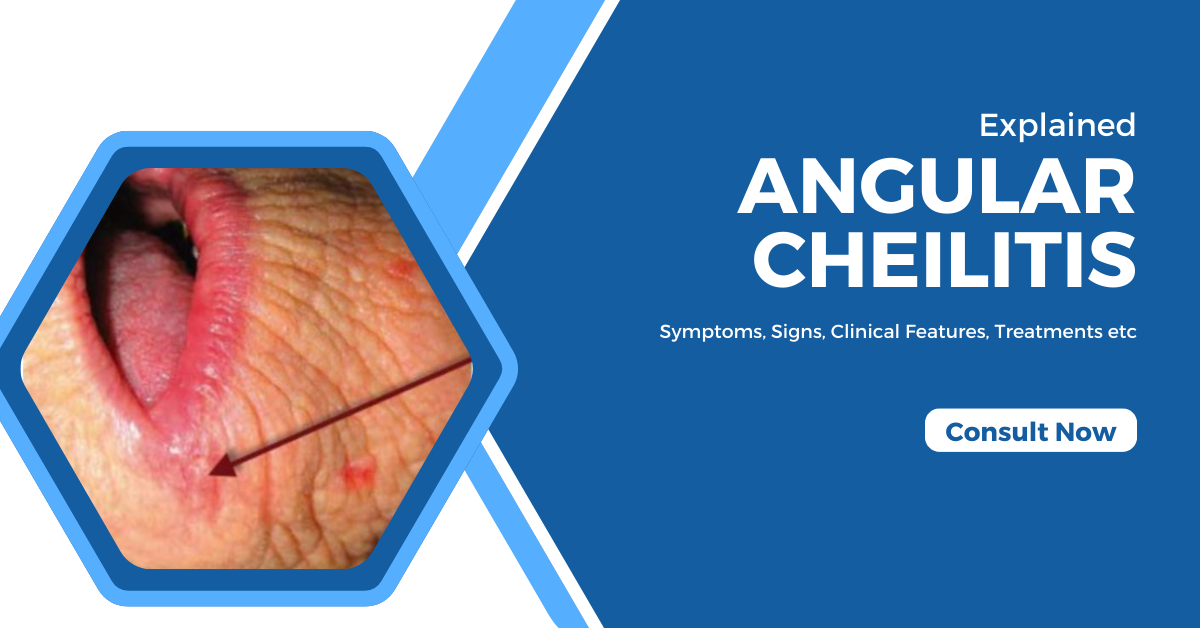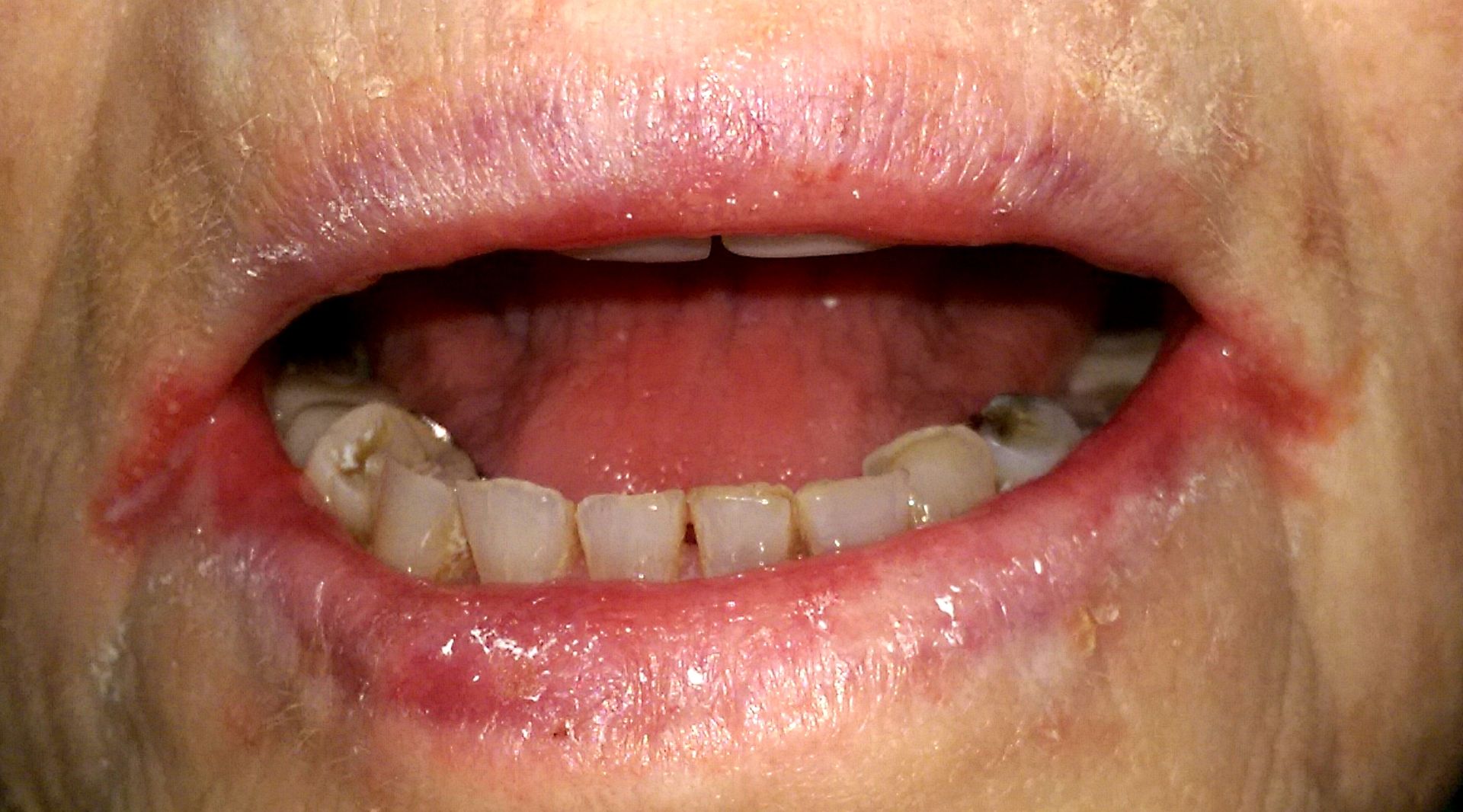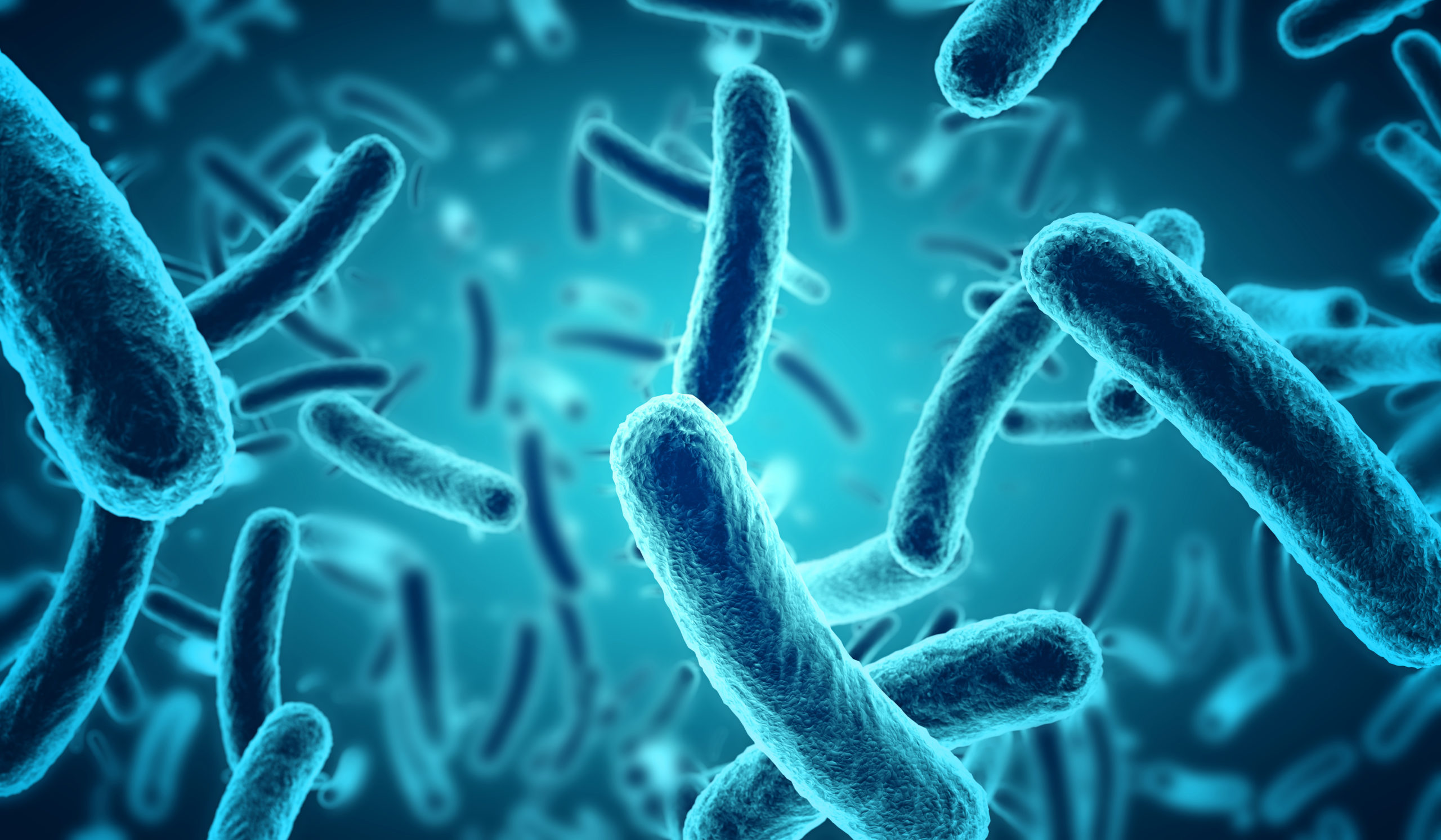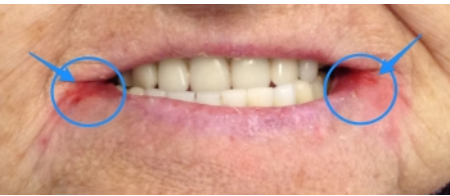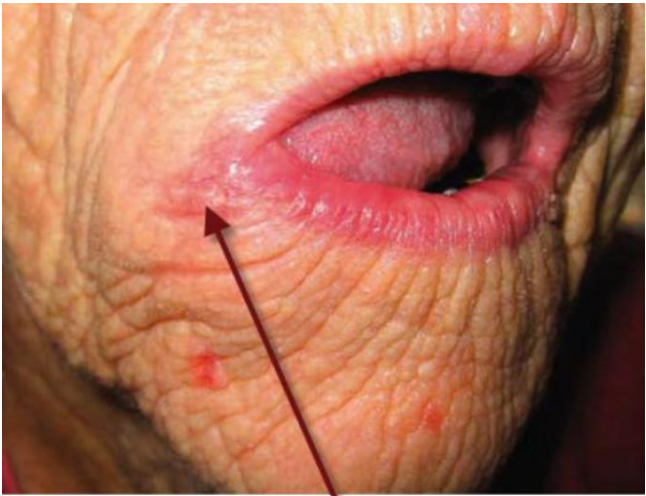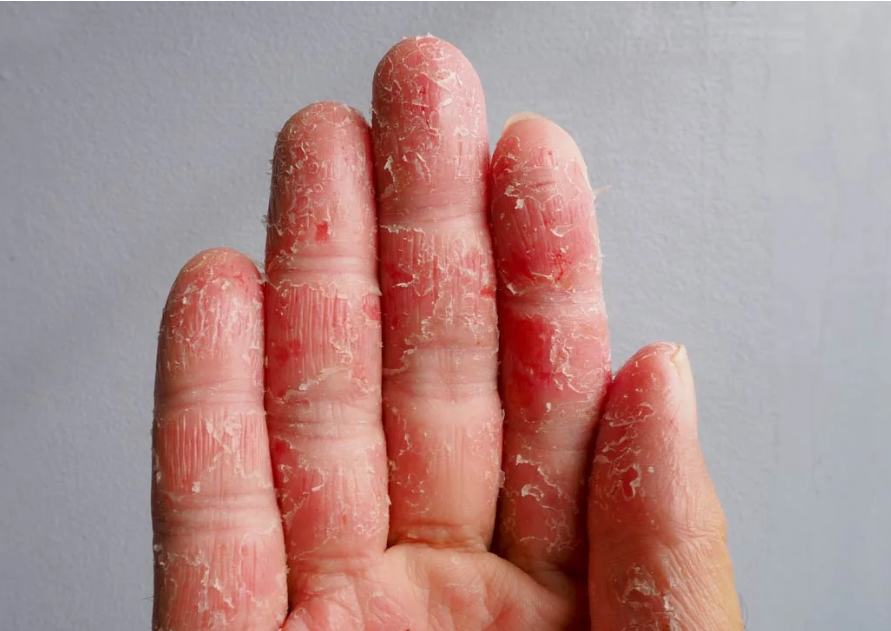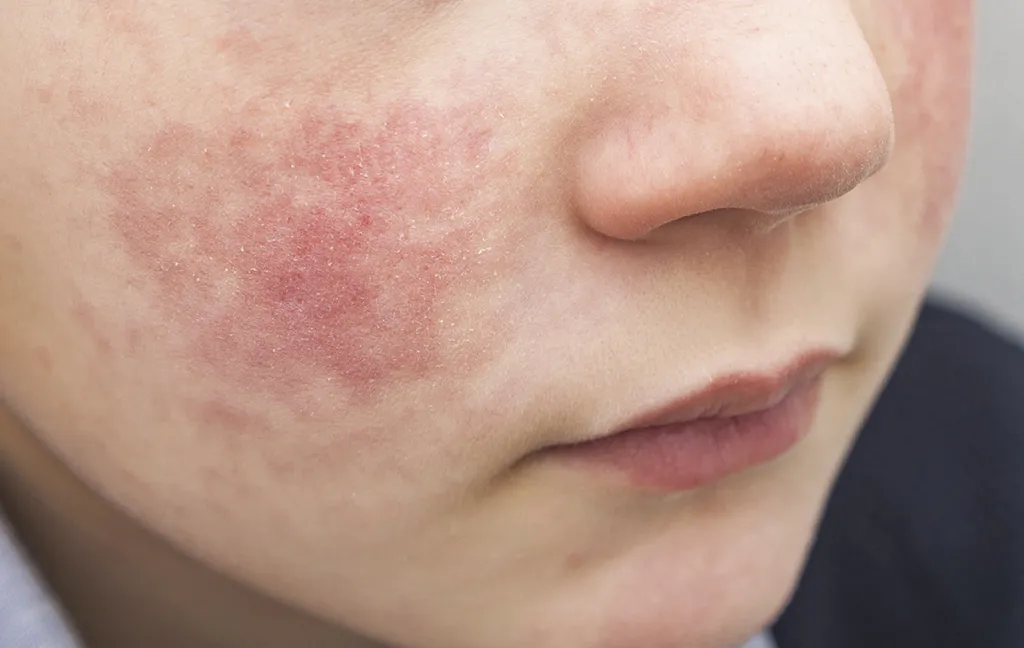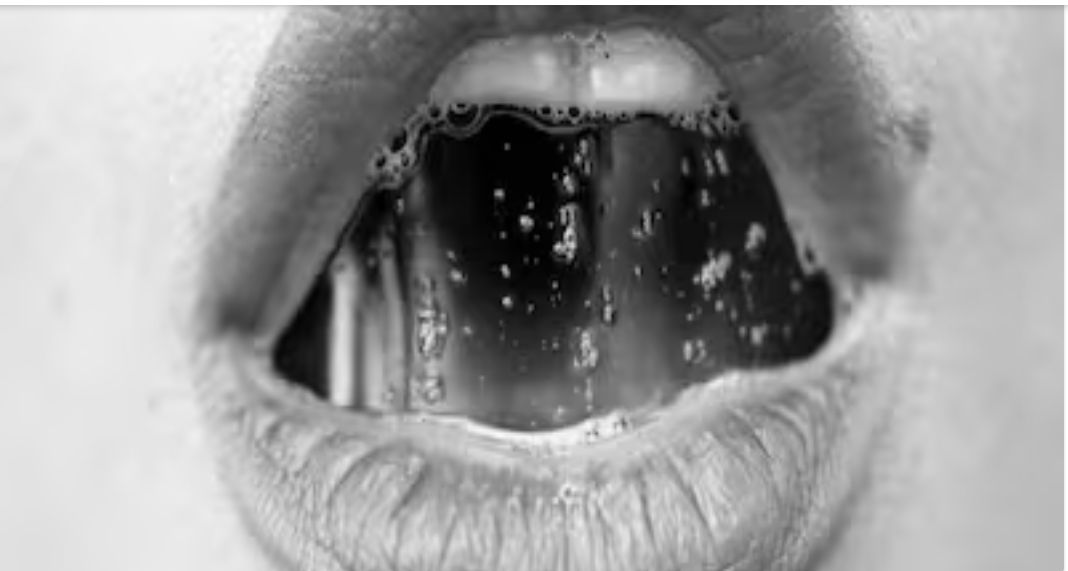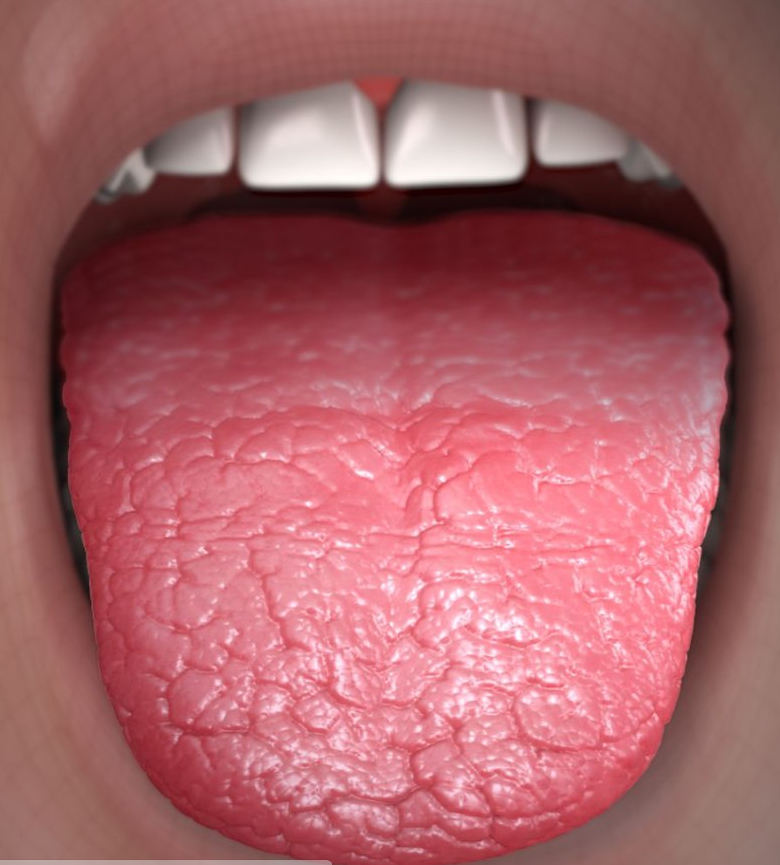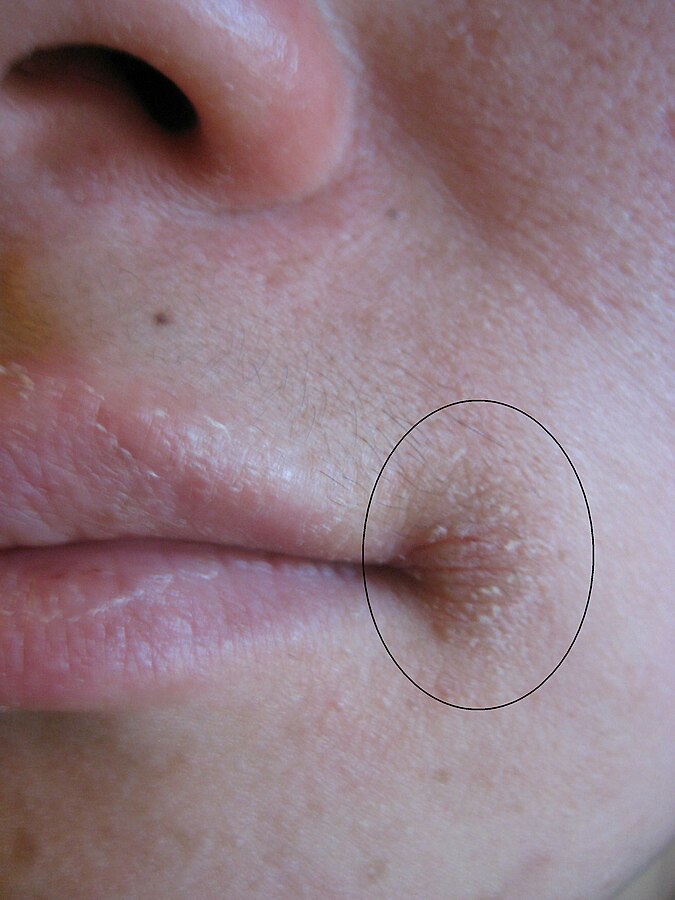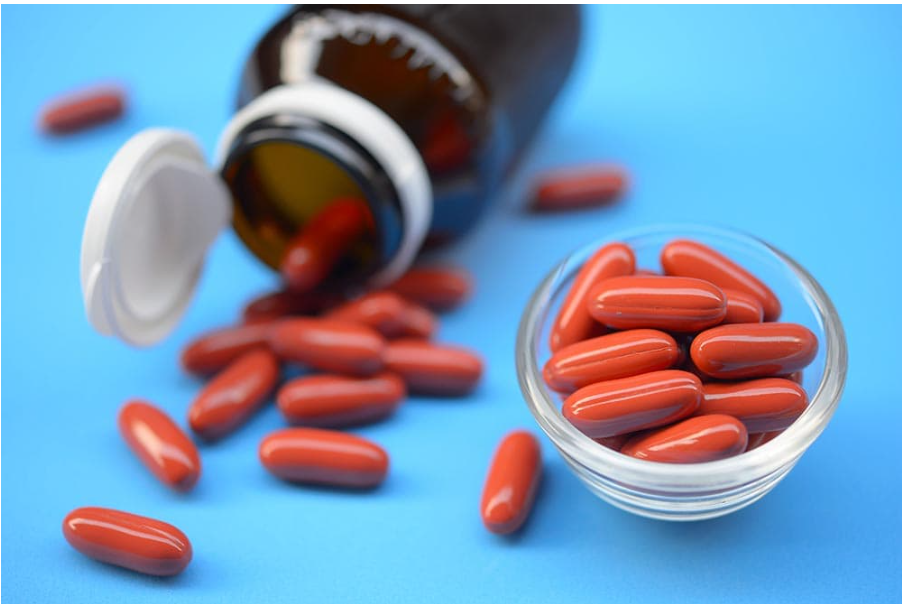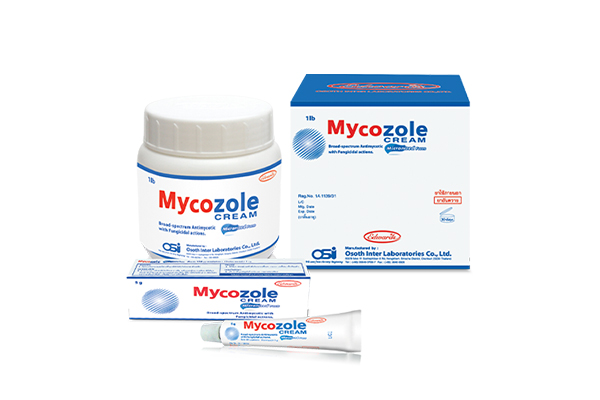Today’s topic is Angular cheilitis. When I was doing my BDS, I was affected most of the time with Angular Cheilitis.
These are some little cracks seen in the corner of my lips. In the beginning days, I got confused with the cold sore. It is very painful and little cracks in the corner of the mouth made me really down all the time. I am writing this article because it is something that most people going through and I experienced this a few years back.
They are also seen in people who take a pill as it contains estrogen and progesterone. This will cause vitamin B deficiency.
I was having angular cheilitis in my UG life as I was way away from my home staying in a hostel and messing up food, I was not able to follow a proper diet which ended up with vitamin deficiency.
I was totally frustrated with this as it affects aesthetics having little cracks in the corner of my mouth. Finally, I went to a doctor in the beginning they got confused about whether it was angular cheilitis or a cold sore. Finally, they diagnosed it as angular cheilitis.
Angular cheilitis is also known as Perleche, angular cheilosis, cheilocandidiasis.
Contents
WHAT ARE THE CAUSES OF ANGULAR CHEILITIS?
MICROORGANISM:
- The main cause of angular cheilitis comes from microorganisms. It includes mainly Candida albicans also a few streptococcus and staphylococcus.
MECHANICAL FACTORS:
- When you observe the denture-wearing patients you can see such conditions due to over-closure of the jaw. Also when there is an error in jaw relation such as a lack of vertical dimension also causes angular cheilitis.
- Improper flossing which causes trauma in the angle of the mouth will also cause this. Due to anglular cheilitis folds will seen which become fissured and secondarily infected.
NUTRITIONAL DEFICIENCY
- Nutritional deficiency is a common condition seen in most of us. It is mainly caused by riboflavin, folate, and iron deficiency.
DISEASE OF SKIN
There are certain diseases of the skin that cause angular cheilitis such as Atropic dermatitis. Atopic dermatitis is a condition that makes our skin dry and itchy. This condition is mainly seen in children.
So as we discussed earlier angular cheilitis is seen in Atropic dermatitis involving the face.
OTHER FACTORS:
The other factors include hypersalivation which is excessive production of saliva, in cases with Down’s syndrome, large tongue.
WHAT ARE THE CLINICAL FEATURES?
Now let’s discuss the clinical features.
First will start from the age. In which age group do we see angular cheilitis? They are commonly seen in adults and young children.
WHAT ARE THE SYMPTOMS?
The symptoms include the feeling of dryness and a burning sensation seen at the corner of the mouth. The burning sensation is seen while having spicy food and also due to dryness.
HOW IT APPEARS?
It appears usually a triangular area of erythema [redness of the skin or mucous membrane]. This erythema is one or more in number commonly affecting both the angles of the mouth.
WHAT ARE THE SIGNS?
The epithelium at the commissure appears wrinkled. In some cases, this wrinkle appears as ulcerated but doesn’t tend to bleed. In a patient with denture wearers fissure radiating from the angle of the mouth. If the lesion is not treated properly it leads to recurrence.
HOW WILL YOU DIAGNOSE?
The diagnosis includes clinically, where it appears as a triangular area or erythema with wrinkled mucosa at the angle of the mouth.
HOW WILL YOU MANAGE?
- First, we should identify the primary cause and it should be treated.
- Nutritional supplements.
- The nutritional supplements include iron supplements and vitamin B.
- Topical application of fusidic acid ointment or cream should be applied four times a day.
- If the cause of angular cheilitis is candidal infection then Miconazole may be preferred.
SUMMARY
The angular cheilitis also known as Perleche, angular cheilosis, cheilocandidiasis. Young children and adults are affected. Dryness and burning sensation seen. They show a triangular erythematous area. Wrinkled epithelium with cracks and fissures.
People with Angular Cheilitis also showed the condition of ANUG. I have written a detailed blog about the same.
If you are having any questions about Angular Cheilitis, then you can comment it below and I will try my best to revert back as soon as possible.
If you found this article useful, then please do share it with students in need.
